Gieddegeažegálgu: The Goddess of Witchcraft
The Sami goddess Gieddegeažegálgu is known for being the goddess of witchcraft, specifically shamanism. Gieddegeažegálgu is associated with morality, knowledge…
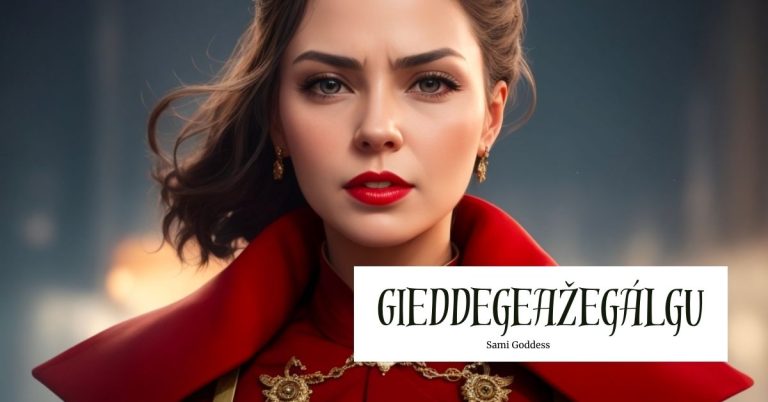
The Sami goddess Gieddegeažegálgu is known for being the goddess of witchcraft, specifically shamanism. Gieddegeažegálgu is associated with morality, knowledge…
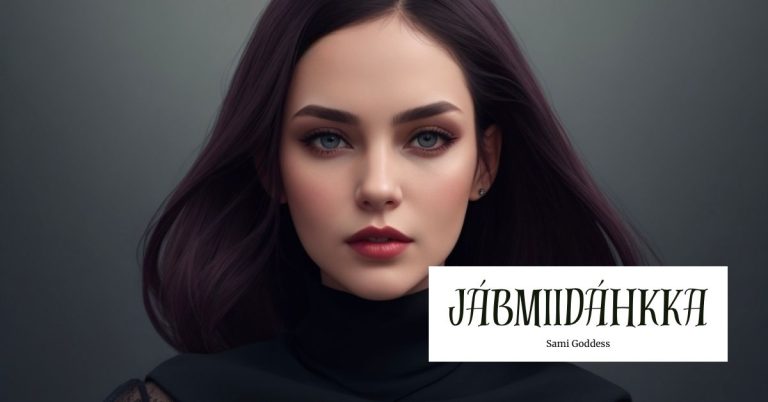
The concept of the underworld is relevant in many different cultures, including Sami culture. Powerful female deity Jábmiidáhkka is known…
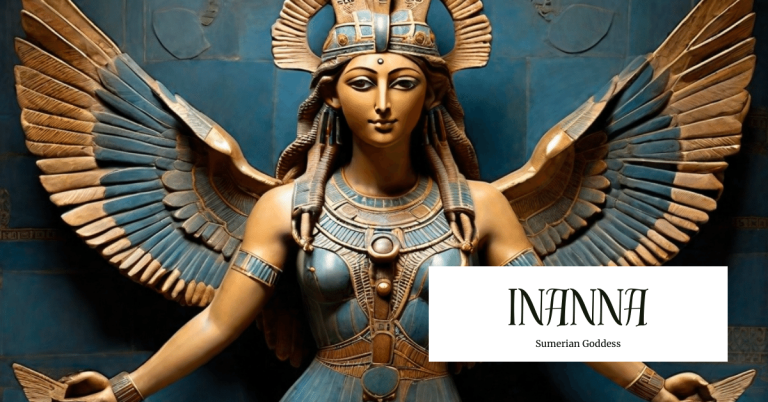
Inanna, the Sumerian goddess of the heavens, is not only one of the earliest female deities in recorded history but…
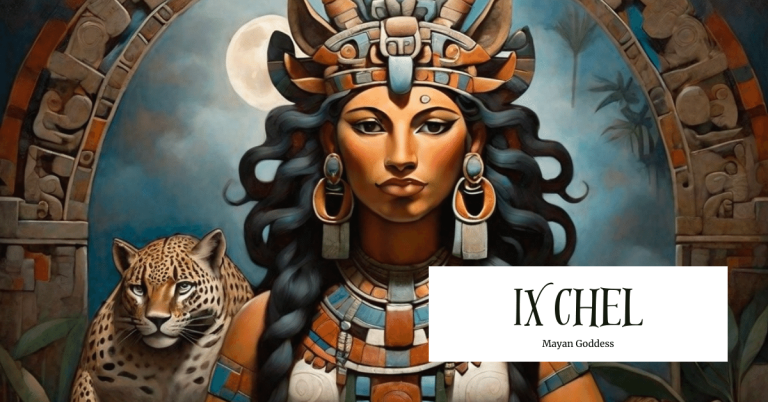
Ix Chel is a powerful Mayan goddess with numerous facets, abilities, attributes, and more. Some of the details surrounding who…
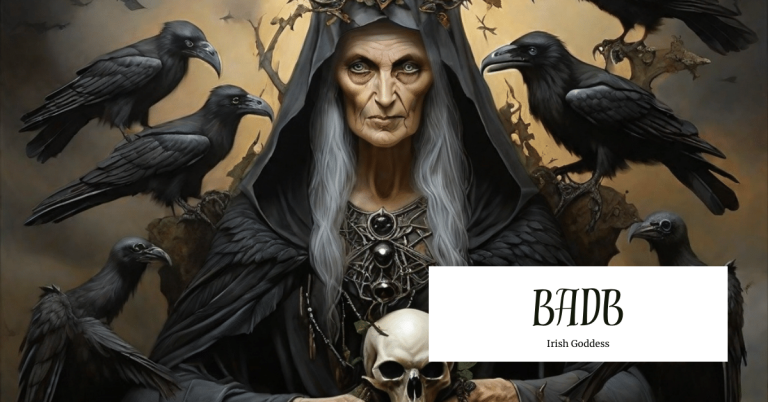
Badb, the Goddess of death and war, is known as one of the sisters of Morrigan. From her fearsome presence…
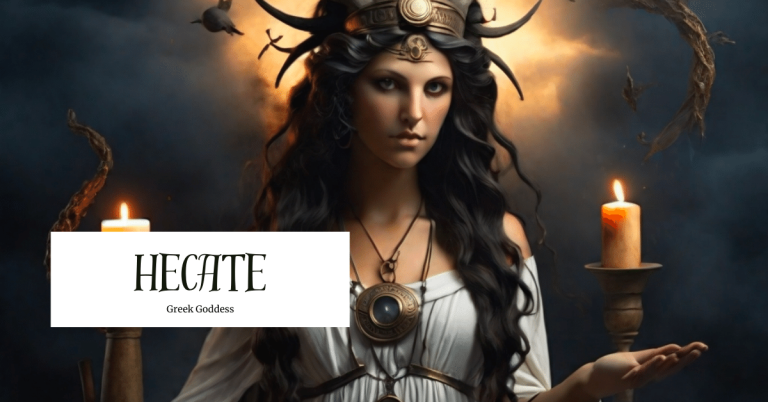
The Greek goddess Hecate exudes an aura of mystery that transcends mere divinity. Reigning over the crossroads of fate, the…
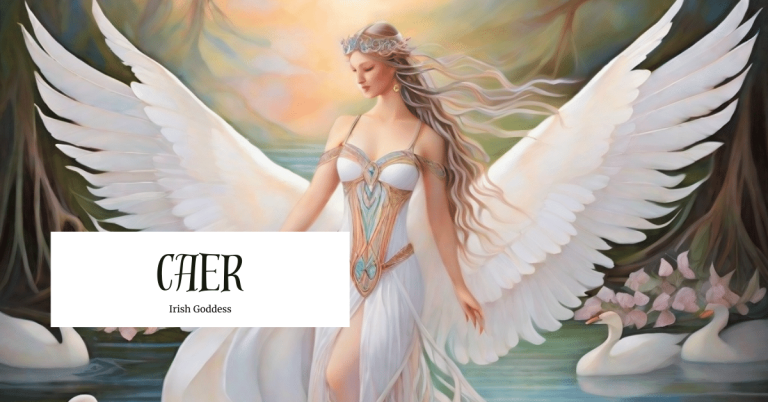
Goddess Caer, hailing from the lineage of the Tuatha de Dannan, is a divine entity who transcends the boundaries of…
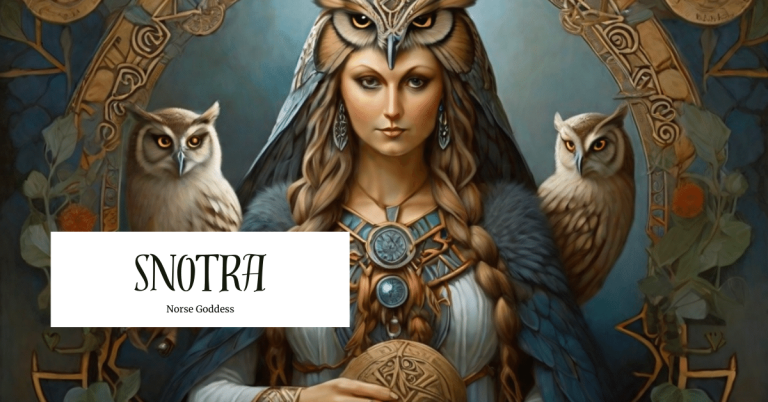
Norse mythology is a cornucopia of divine beings, each with unique attributes and significance in the ancient Scandinavian belief system….
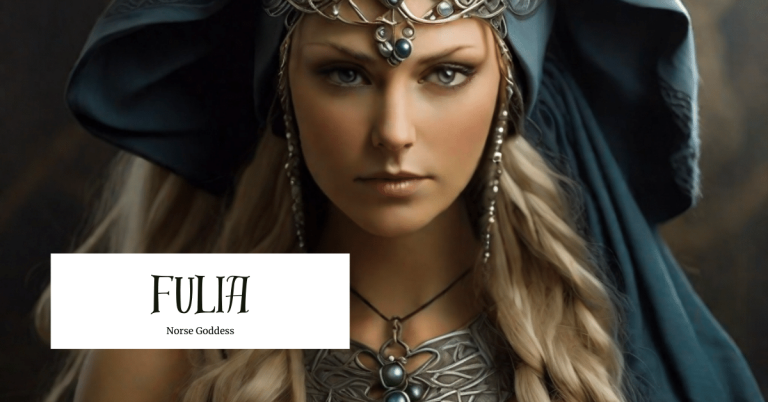
The Norse pantheon is a complex and intricate system of deities, each with unique roles and significance. One such divine…
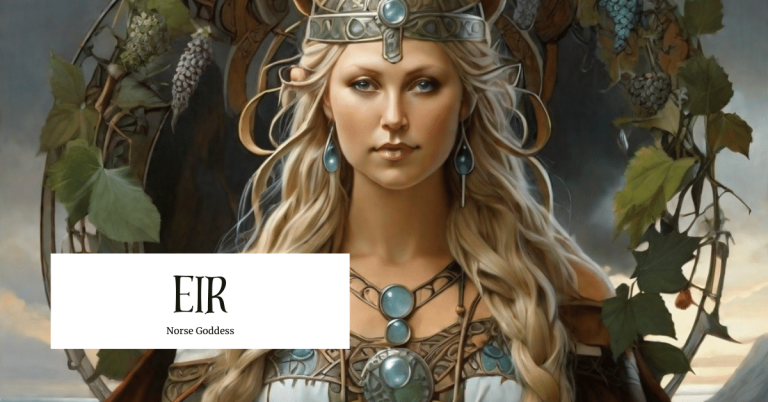
In Norse mythology, the goddess Eir is revered as the patroness of healing and stands out as a radiant emblem…